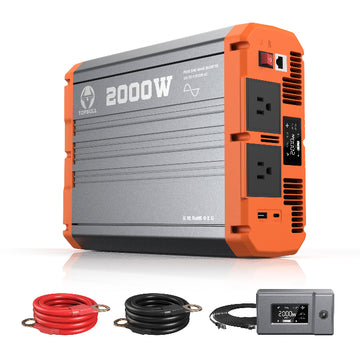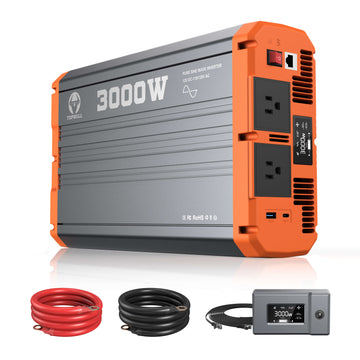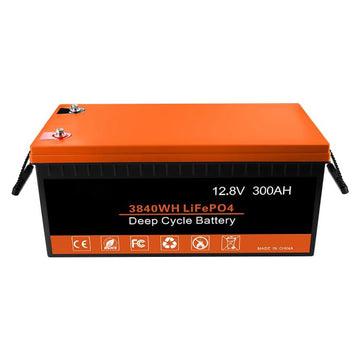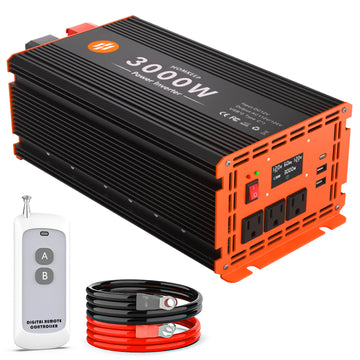Against the background of today's growing global demand for sustainable energy, solar energy, as a clean and renewable energy source, is gradually becoming an important choice for the transformation of the energy structure of various countries. Solar panels, as one of the key technologies for solar energy utilisation, are attracting attention for their wide range of applications. So, an intriguing question is: how many homes can an acre (about 4,046.86 square metres) of solar panels actually power?
Influence on the power generation capacity of solar panels
- Solar panel efficiency: Different models of solar panels have different photovoltaic conversion efficiencies, and high-efficiency solar panels naturally produce more electricity.
- Geographic location and climatic conditions: Solar panels in sunny areas, such as deserts or tropical regions, are far more efficient than those in rainy or cloudy areas.
- Installation Density and Angle: The number of panels installed on an acre of land and the angle at which they are tilted will also affect their total power production. The right layout maximises the capture of sunlight.
- Household Electricity Consumption: Electricity consumption varies greatly from household to household and from lifestyle to lifestyle, directly affecting the number of households that can be supplied with solar panels on an acre of land.
- Energy Storage and Grid Access: The efficiency of solar energy will be further enhanced if it is equipped with a highly efficient energy storage system and can be connected to the grid for feed-in or peak usage.
How many solar panels can be installed on one acre of land
One acre equals approximately 4,046.86 square metres. Depending on the specifications of common solar panels on the market, most panels measure approximately 1.6 metres by 1 metre (i.e. approximately 1.6 square metres) and have a power output of between 250 watts and 400 watts. For an efficient installation, a certain amount of space between panels is usually required to avoid shadow shading and to maintain effective ventilation.
Ideally, about 150 to 300 solar panels can be installed on an acre of land when the size and spacing of the panels are taken into account. The exact number of panels to be installed is influenced by several factors:
- Panel type: Different types of panels have different sizes and power outputs, for example monocrystalline panels are usually more efficient and require a smaller installation area.
- Topography and soil conditions: The level of the land and the type of soil will affect the choice and layout of the installation.
- Climatic conditions: In areas with plenty of sunlight, a reasonable spacing of the panels can maximise light reception, while in areas with less sunlight, a more compact installation may be required
Average Consumption of Electricity in a Household
Statistically, the average electricity consumption of a household ranges from 800 to 1,000 kilowatt-hours (kWh) per month, depending on the size of the household, the geographic area, and the household's electricity consumption habits. For example, the average household in the U.S. uses about 10,800 kWh of electricity per year. converting this figure to average daily electricity consumption, one of these households uses about 30 kWh of electricity per day.
How many homes would an acre of solar panels provide
Assuming 300 watts per panel, the total power output would be about 45 kilowatts with 150 panels installed. In a sunny environment, such a system could generate more than enough power to meet the electricity needs of dozens of homes per year. Specifically, if a family's average monthly electricity consumption is about 800 kWh, then one acre of solar panels could power four to six homes.
However, it is important to note that this estimate is based on many assumptions and simplified conditions, and the actual situation may vary depending on a variety of factors. For example, the actual amount of electricity generated by solar panels will be affected by factors such as weather, temperature, dust accumulation, etc. Meanwhile, the amount of electricity consumed by a household will also vary according to the seasons, living habits and other factors.
In addition, the cost of a solar power system is also an important factor to consider. Although the cost of solar panels is decreasing, the construction and maintenance of a large solar power system still requires considerable investment. However, in the long run, solar power systems are both economical and environmentally friendly in ways that traditional energy sources cannot match.
Summary
In summary, an acre of solar panels can provide power for four to six households under ideal conditions if the average monthly electricity consumption of a household is 800 kWh. This fully demonstrates the huge potential and broad prospects of solar energy as a sustainable energy source. With the continuous progress of technology and further cost reduction, solar energy will play an increasingly important role in the future energy structure.













